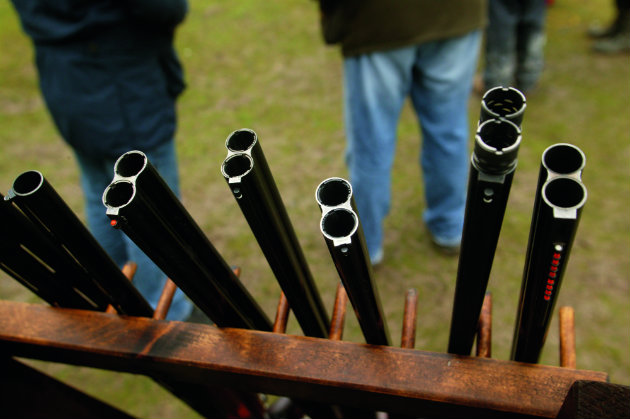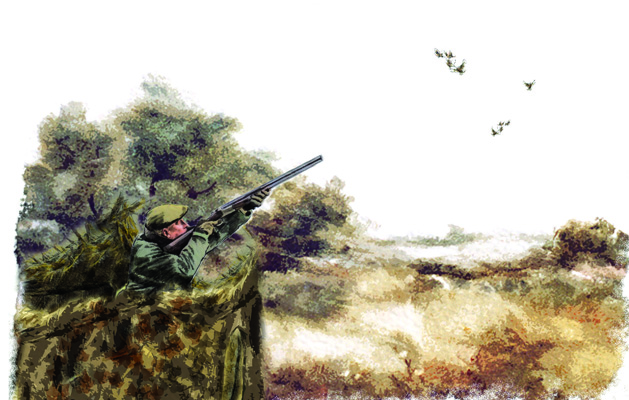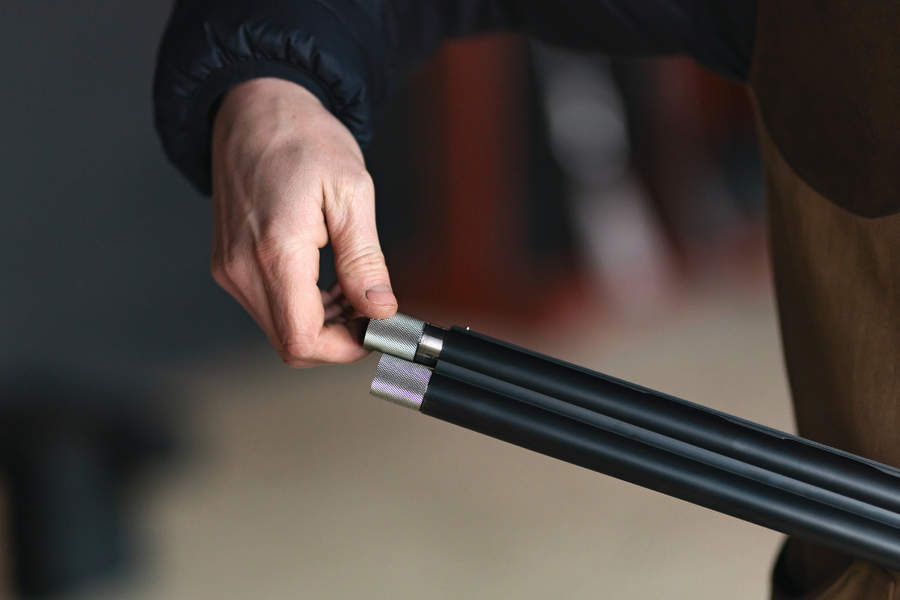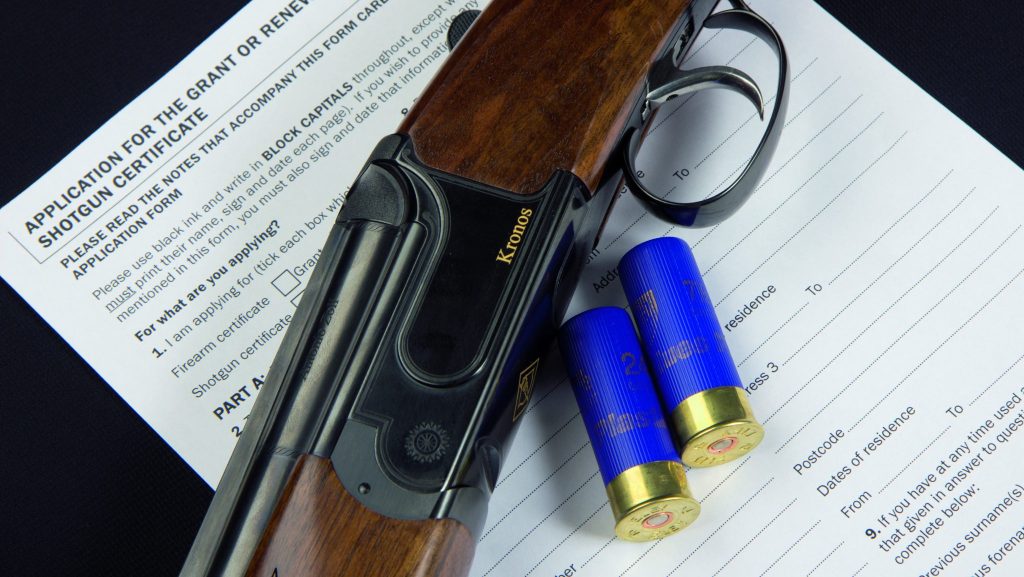Edward Watson: Now the season is over, it is so important to keep shooting. Most of you will break some…
Win CENS ProFlex DX5 earplugs worth £1,149 – enter here
Fixed chokes or screw-in chokes? What’s best?

A: Personally, I don’t think that most of us shoot well enough to get any real benefit from choke. Consequently, I would always go for fixed chokes and ones that were very open. However, if you become a very good shot, then screw-in chokes may help.
The first wave of screw-in chokes appeared in the late 1970s with the Winchester 101 series of guns. Since then, multi-chokes have been very popular, both as factory standard and as custom attachments from specialist makers.
Multi-chokes offer tremendous versatility without the need to own a number of shotguns, but they need to be looked after if they are to remain trouble-free. Always pay close attention to the manufacturer’s instructions for the maintenance of multi- chokes. Multi-chokes sit in a section of the muzzle that has been specially machined to receive them. It is vitally important to ensure that they are screwed fully home so that there is no gap between the inside of the barrel and the base of the choke section. If even the tiniest gap exists, there is a very real possibility that serious damage will occur to the gun.
Research undertaken by BASC at the Royal Military College of Science, Shrivenham has shown that even if a choke tube is not fully home by the slightest margin, as little as a single turn, then damage can occur. This is known as “choke pick-up”. As the first pellets of the shot charge hit the gap, some are forced between the choke tube and the barrel wall, causing distortion and increasing the obstruction. As more pellets hit, the choke distorts further and is eventually blown out of the barrel, damaging the muzzles. It is also a hazard to others as it leaves the barrel.
Chokes for gameshooting and clays – what’s best?
When you’re out in the field or the clay ground which chokes for gameshooting and clayshooting will give you the…
As a general principle, multi-chokes should have their threaded sections very lightly greased with something similar to Vaseline before they are screwed home. Beware of over-tightening, and if you are unfortunate enough to get a choke stuck, do not force it but take it to a gunsmith for “surgical” removal.
Check that your chokes are screwed home fully before use and repeat this check after and periodically during use. Chokes should be cleaned occasionally by immersion in petrol or a similar solvent. Pay particular attention to the threads and make sure that foreign bodies such as grit are removed before installing the chokes again. Always discard a damaged choke tube. BH
Read all our articles on choke here
Related Articles
Get the latest news delivered direct to your door
Subscribe to Shooting Times & Country
Discover the ultimate companion for field sports enthusiasts with Shooting Times & Country Magazine, the UK’s leading weekly publication that has been at the forefront of shooting culture since 1882. Subscribers gain access to expert tips, comprehensive gear reviews, seasonal advice and a vibrant community of like-minded shooters.
Save on shop price when you subscribe with weekly issues featuring in-depth articles on gundog training, exclusive member offers and access to the digital back issue library. A Shooting Times & Country subscription is more than a magazine, don’t just read about the countryside; immerse yourself in its most authoritative and engaging publication.









